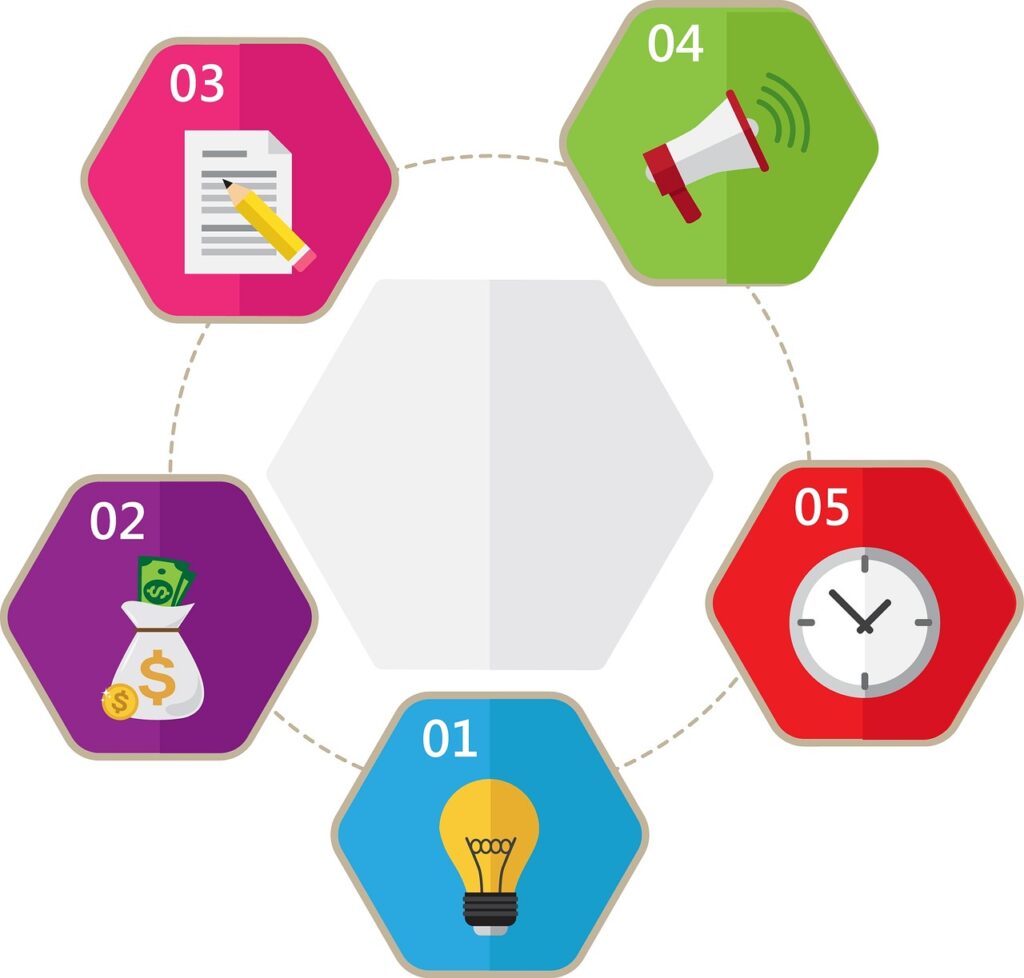Mind mapping is a powerful tool that can help you organize information, stimulate creativity, and improve cognitive processes. Not only is it visually appealing and creative, but it is also grounded in scientific principles that support its effectiveness in enhancing learning, memory, and problem-solving. In this article, we’ll explore the science behind mind mapping and understand why it’s such a valuable technique.
Understanding the Brain and Mind Mapping
To comprehend the science of mind mapping, we must first understand the way our brain processes and retains information. The brain is composed of multiple interconnected networks, and these networks collaborate to facilitate various cognitive functions. Mind mapping leverages the brain’s inherent ability to make associations, recognize patterns, and form connections.
Cognitive Benefits of Mind Mapping
Research has consistently shown that mind mapping offers several cognitive benefits that can enhance learning, memory, and problem-solving skills. Some of the key cognitive benefits include:
1. Enhanced Information Retention
Mind mapping capitalizes on the brain’s preference for organizing information in a non-linear and visually structured manner. By visually representing ideas and concepts through branches, colors, and images, mind maps create a highly engaging and memorable learning experience. According to a study by Buzan and Buzan (2010), mind mapping can improve information retention by up to 20%.
2. Improved Comprehension and Synthesis
The visual nature of mind maps aids in the synthesis and comprehension of complex information. As information is organized and interconnected, relationships and patterns become apparent, facilitating a deeper understanding of the subject matter. Research by Farrand, Hussain, and Hennessy (2002) supports the efficacy of mind mapping in promoting comprehension and knowledge integration.
3. Facilitated Creative Thinking
Mind maps are renowned for their ability to stimulate creative thinking and generate innovative ideas. By encouraging the free flow of thoughts and ideas, mind mapping allows for the exploration of diverse perspectives and associations. A study by Verlegh, Schifferstein, and Wittink (2006) found that mind maps promote divergent thinking, leading to greater creativity and problem-solving abilities.
The Brain’s Network Activation and Mind Mapping
Neuroscience research has shed light on the brain’s network activation when engaged in mind mapping activities. Functional magnetic resonance imaging (fMRI) studies have revealed increased connectivity and activation in the prefrontal cortex, the hippocampus, and other brain regions associated with learning, memory, and creative thinking. These findings provide empirical evidence for the efficacy of mind mapping.
Practical Applications of Mind Mapping
The effectiveness of mind mapping has led to its widespread use across various domains. Here are some practical applications of mind mapping:
1. Education
Mind mapping has proven to be a valuable tool in educational settings. Teachers and students can use mind maps to summarize lessons, brainstorm ideas, organize information, and facilitate better understanding and retention of academic concepts. Research by Singh and Arora (2019) supports the positive impact of mind mapping on students’ academic performance.
2. Business and Project Management
Mind mapping aids in project planning, strategic thinking, and problem-solving within the business world. It allows individuals and teams to visually represent project goals, tasks, and timelines, ensuring clarity and alignment. Studies by Jusoff and AL‐Abdullah (2010) highlight the efficacy of mind maps in project management and decision-making.
3. Personal Development
Mind mapping can also be a powerful tool for personal development and self-reflection. It enables individuals to organize and prioritize goals, track progress, and generate ideas for personal growth. By visually mapping out aspirations and action plans, individuals can stay motivated and focused on their desired outcomes.
Conclusion
The science behind mind mapping offers compelling evidence for its effectiveness in enhancing cognitive processes, promoting creative thinking, and improving learning outcomes. By leveraging the brain’s natural abilities, mind mapping provides a structured and engaging approach to organizing thoughts, generating ideas, and problem-solving. Whether in educational, professional, or personal settings, mind mapping has the potential to revolutionize the way we think, learn, and create.
FAQs
- Are there any research studies on the cognitive benefits of mind mapping? Yes, several research studies have examined the cognitive benefits of mind mapping. Studies by Buzan and Buzan (2010), Farrand, Hussain, and Hennessy (2002), and Verlegh, Schifferstein, and Wittink (2006) provide empirical evidence for improved information retention, comprehension, synthesis, and creative thinking associated with mind mapping.
- What brain regions are activated during mind mapping? Functional magnetic resonance imaging (fMRI) studies have shown increased connectivity and activation in the prefrontal cortex, the hippocampus, and other brain regions associated with learning, memory, and creative thinking during mind mapping activities.
- How can mind mapping be applied in business and project management? Mind mapping can be applied in business and project management for project planning, strategic thinking, problem-solving, and decision-making. It helps visualize project goals, tasks, and timelines, ensuring clarity and alignment within teams and organizations.
- Can mind mapping be used for personal development and goal setting? Absolutely! Mind mapping is a valuable tool for personal development and goal setting. It allows individuals to organize goals, track progress, and generate ideas for personal growth, providing a visual representation of aspirations and action plans.







